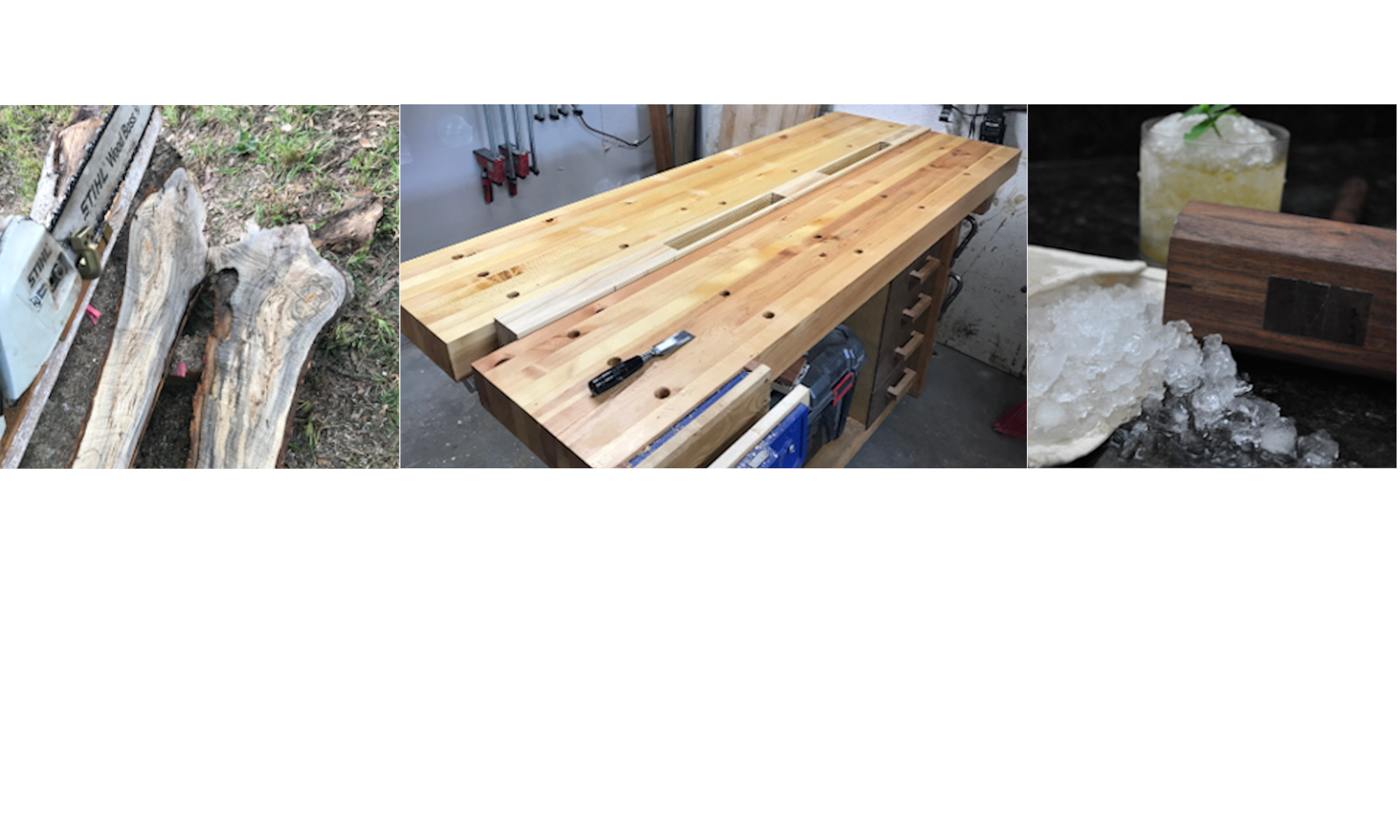When the process of lofting is nearing completion we can start work on our assembly jig. The jig consists of, a strongback platform to hold the boat during assembly, mold stations that reflect the cross section of the boat and the backbone, the boat’s structural core. Our strongback was made out man made timbers (wooden “i-beams” often used as floor joists). These beams are built into a flat ladder structure with legs based on optimal working height.

Concurrently station molds can be constructed. Ours are a mixture of plywood and 1x12s. For both boats we traced the station lines from the lofting onto mylar (along with the bevels). The plywood versions are straightforward as you just use sail pins to transfer the lines and bevels (no need to worry about grain orientation). The 1×12 method requires more attention to detail as you need to make sure you are using the long grain of the boards to your advantage, the shape of the boat may require them to be multiple pieces connected with gussets. Everything is cut at the bandsaw, where the necessary rolling bevels are cut. Cutting rolling bevels at the bandsaw requires a minimum of two people, one to drive and one to change the table angle to the appropriate bevel. When cutting the large plywood pieces a third person was often needed for additional support. I thought the plywood would be my preferred method but personally my results with the live wood had a higher level of accuracy as I could focus more on the cut. Once the pieces are cut they are assembled on the lofting floor confirming and fine tuning the hull shape at each station and adding reference lines from the lofting to use later in the setup. Next the molds are attached to the strongback, making sure they are plumb and well supported.


Crafting and assembling of the backbone pieces are next. We are building our boats upside down so the the apron fits into a recess in the top of the mold. The transom is held in place by vertical supports. Finally the stem is pinned at its forward most location and attached to the apron and/or keel (depending on the boat). The components on the composite boat are glued together, while the traditional parts are mechanically fastened (except for a small modern twist). The composite boat stem is made from laminated sapelle while the apron and transom are made from Alaskan yellow cedar. The back bone of the traditional boat is almost all white oak.









Carbon Boat Update
The infusion of the carbon boat was a success. I love the look of carbon fiber and this has me thinking that a canoe made in this manner might be in the realm of possibility. I made a time lapse video of the infusion and removing the boat from the mold. Next steps are cleaning the boat and figuring out the design of the interior. I think this boat will be the tender for the yacht, GloryBe, belonging to the school’s executive director. For those that are curious the hull weight when removed was 42 pounds.

Wow